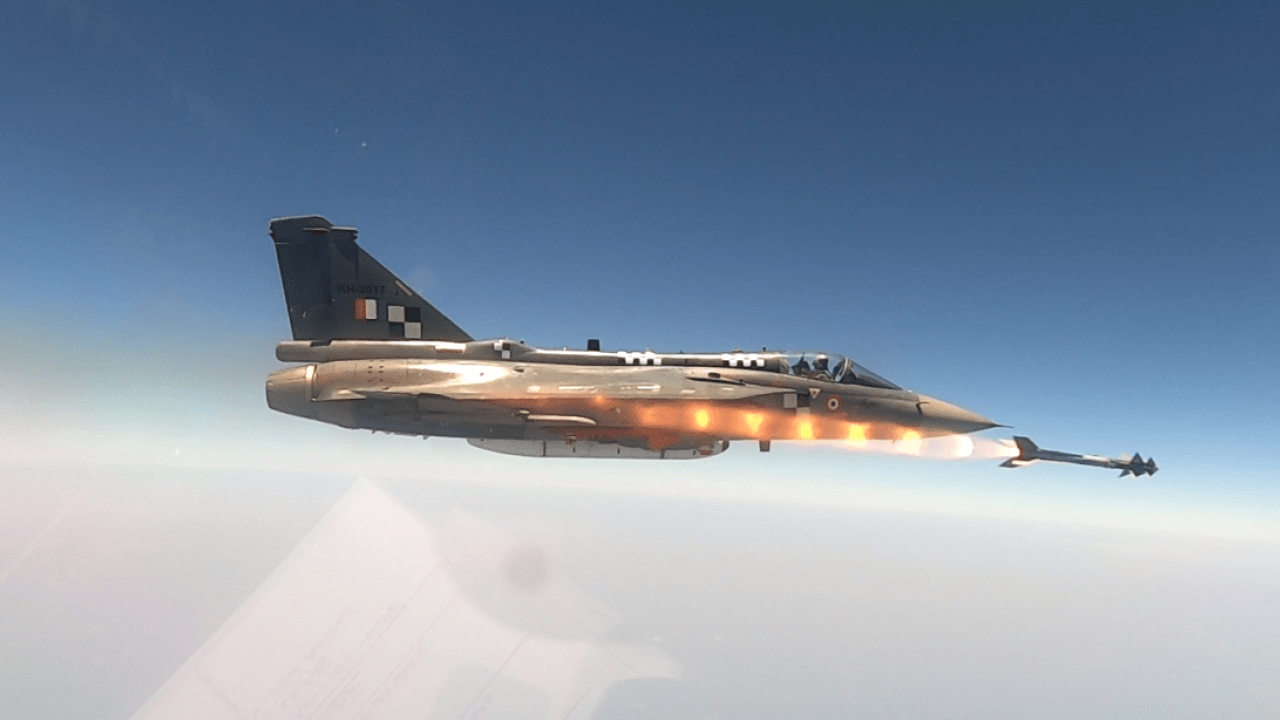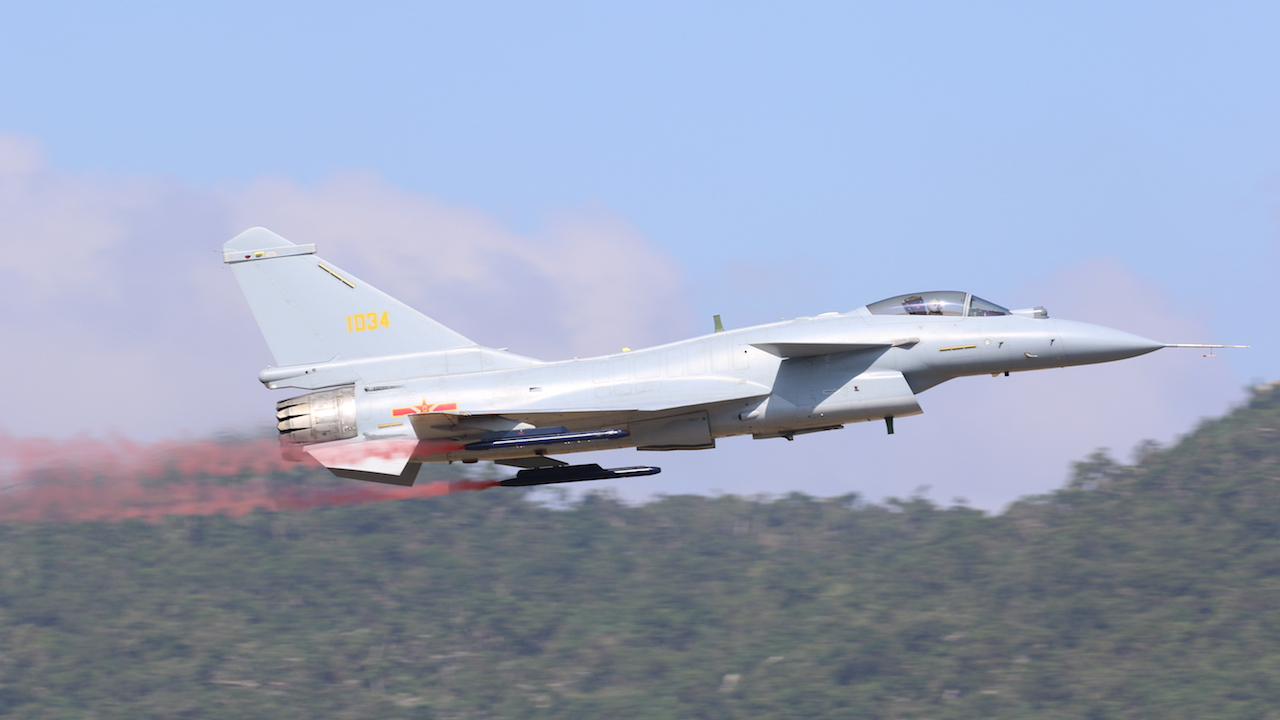Botswana looks to India for fighter upgrade
Botswana may have found a replacement in India for its defence force’s ageing fleet of Canadair CF-5 Freedom Fighter aircraft.

Tejas: On the horizon for Botswana. Picture: HAL
The Botswana Defence Force (BDF) is reportedly in talks with India's state-owned Hindustan Aeronautics Limited (HAL) with a view to acquiring the Tejas fighter aircraft.
This was confirmed during the Aero India show at Bengaluru earlier this year, when C B Ananthakrishnan, HAL’s chairman and managing director, confirmed that the company had received expressions of interest in the Tejas light fighter from Botswana, as well as from Egypt and Argentina.
If taken to a successful conclusion, it would mark the end of a 10-year search for aircraft to replace the BDF’s ageing fleet of Northrop/Canadair CF-5 Freedom Fighters, which have become increasingly difficult to support.
Since 2013, in the face of fighter modernisation projects in neighbouring Zambia and Namibia, the BDF has been attempting to replace 10 CF-5A and three CF-5D fighters and fighter trainers – known locally as the BF-5 – which were acquired from Canada in 1996, along with three more CF-5As and two CF-5Ds that followed in 2000. These aircraft serve with Z28 fighter squadron stationed at Maparangwane Air Base on Thebephatshwa Airport in the south-eastern region of Kweneng, and are used for air defence and close air support.
In 2013, Major General Odirile Mashinyana, at the time head of the BDF Air Wing, authored a report recommending the modernisation of the BF-5 fighter fleet. A preliminary cost-benefit study revealed that an upgrade to the BF-5 fleet would not be cost-effective.
That November, the Botswana minister of defence, Ramadeluka Seretse, had preliminary meetings with South Korea’s Korea Aerospace Industries (KAI) to discuss a potential acquisition of the KAI T-50/FA-50 Golden Eagle lightweight fighter, and Botswana president Ian Khama visited South Korea and KAI in October 2015. But interest in the T-50/FA-50 had waned by 2016.
Botswana’s interest in 16 second-hand Lockheed Martin Block 40 F-16s was firmly rebuffed by the US, on the grounds that such a procurement could have triggered an escalating arms race in the region.
Botswana’s attention then shifted to the procurement of 8-12 Saab JAS-39C/D Gripen fighters, at a projected cost of $1.7 billion. Many BDF senior officers favoured a Gripen purchase because it offered a degree of interoperability with South Africa’s JAS-39C/D fleet, offering potential for shared training and maintenance, repair, and overhaul (MRO) infrastructure.
President Khama visited Saab’s headquarters in June 2017 and met then-prime minister Stefan Lofven of Sweden. The Gripen project stalled after Khama left office in 2018.
South Korea revived its efforts to sell the FA-50 to the BDF in 2017, arguing that Gripen’s life-cycle cost was “three times” that of the FA-50, including higher procurement and operational costs. But Botswana judged that the Korean aircraft’s operational capabilities did not meet its requirements, especially in terms of radar and weapons capabilities as well as payload/range.
Meanwhile, as the HAL talks continue, Botswana faces a quandary keeping its BF-5 fleet in the air. Canadair no longer maintains configuration control for the CF-5, and there is no active production line, forcing operators to rely on third parties or cannibalisation for spares.
Stay up to date
Subscribe to the free Times Aerospace newsletter and receive the latest content every week. We'll never share your email address.


